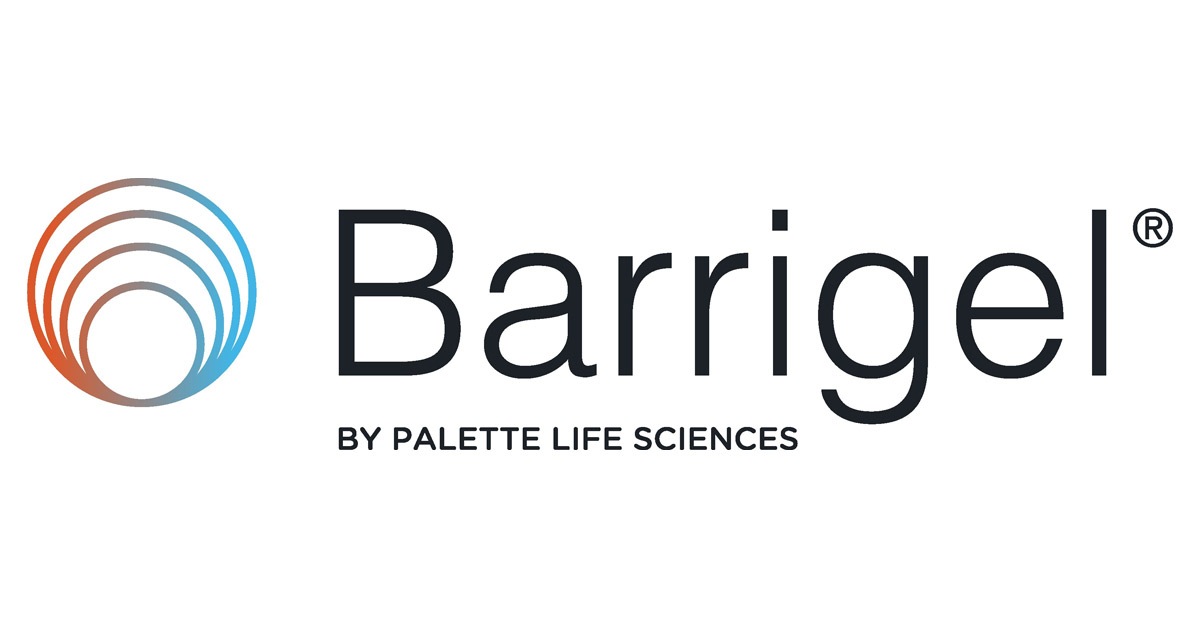Better answers.
The best predictor of symptom relief is a healthy, functioning bladder.
For men with BPH, maintaining a healthy, properly functioning bladder is key to long-term health and well-being. Your bladder’s ability to “pump” urine out of the body is directly related to BPH symptoms like frequency (going often), nocturia (going often at night), hesitancy (trouble starting), poor stream, and dribbling.
Depending on the health of your bladder, your symptoms and your overall health, you and your urologist will determine the best options to treat your prostate.
What is The UroCuff Test?
The UroCuff Test provides your urologist with information about your bladder function to better understand the causes of your symptoms. The UroCuff is a non-invasive diagnostic test for male urinary disorders (LUTS). This test allows your urologist to collect important data about your bladder function while you urinate.
How It Works
The UroCuff Test measures the amount of pressure generated by your bladder, your urine flow rate and amount of urine that you void.
- A pneumatic cuff is fitted to penis.
- Patient begins to void into a flow meter.
- The cuff inflates until flow is interrupted.
- Cuff rapidly deflates, allowing flow to resume.
- Cycle repeats until the patient is empty.
- Bladder function is determined from interruption pressure vs. flow rate.
- The UroCuff report summarizes the results on a modified nomogram.
Preparing for the Test
It is important that you arrive at your doctor’s office with a comfortably full bladder. You should feel something like the “Need to go” face on the Urgency Scale shown here. If you need to print out the “How to prepare for a successful UroCuff Test” instructions that your doctor provided, click on the link provided to the right. You can also visualize the flow of your day once you arrive at the doctor’s office by clicking on the “UroCuff Test Patient Flow Chart.”
Simply follow the instructions provided below to ensure that your time in the doctor’s office goes smoothly.
- Drink 32 oz. of water 1 hour before your appointment.
- Arrive at doctor’s office 10 minutes before your appointment.
- Arrive with a comfortably full bladder as shown by the orange face on Urgency Scale.
- Check in at the reception desk. Let them know that you are scheduled for a UroCuff Test and communicate how full your bladder is.
- DO NOT go to the bathroom before your test (you need a full bladder).
- Wait in the waiting room for a clinician to collect you for your UroCuff test.
Frequently Asked Questions
Who needs UroCuff testing?
Most patients referred for UroCuff testing have complaints of frequent urination or difficulty urinating, though there are other applications.
What is the purpose of the UroCuff test?
UroCuff Testing allows your doctor to evaluate how your bladder and the bladder outlet are functioning. With this information, your doctor will better understand your specific bladder health which will help in choosing a treatment plan that is best for you.
How long will it take to test?
The test usually takes between 5 to 10 minutes.
Should I take my medication the day of the test?
Yes – bladder testing does not require that you miss any doses of your prescribed medication. If you are already taking medication to treat a urinary problem, your doctor may instruct you to stop these before the test.
Is the test uncomfortable?
For most patients, the test is not uncomfortable. Some patients may experience mild discomfort while the cuff is inflating.
How should I prepare for the test?
The UroCuff test must be performed when you have a full bladder. If possible, arrive at the doctor’s office the day of your test with a comfortably full bladder.
What will happen during my test?
When you arrive and are ready for your test, you will be brought to a private room. A small cuff, similar to a blood pressure cuff, will be placed around your penis, and surface electrodes may also be placed on your abdomen and/ or perineum. You will be asked to void (urinate) into a portable commode, or toilet. While you’re voiding, the cuff will slowly inflate until the cuff pressure stops the urine flow. The cuff will then deflate and you will begin voiding again. The inflation intervals will continue until you’ve emptied your bladder completely. The cuff and electrodes will then be removed.
What will happen after my test is complete?
Your doctor will review your test results and discuss treatment options with you.







